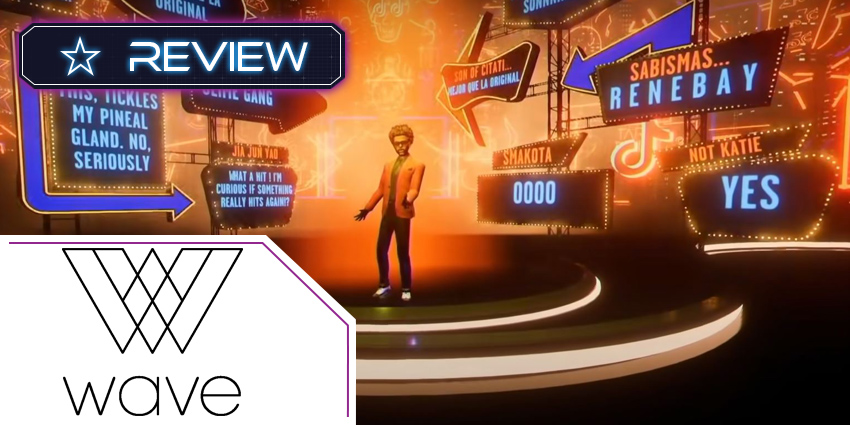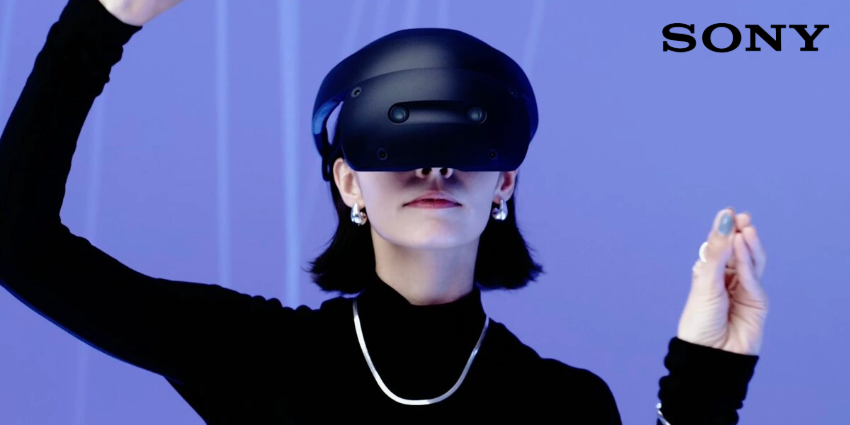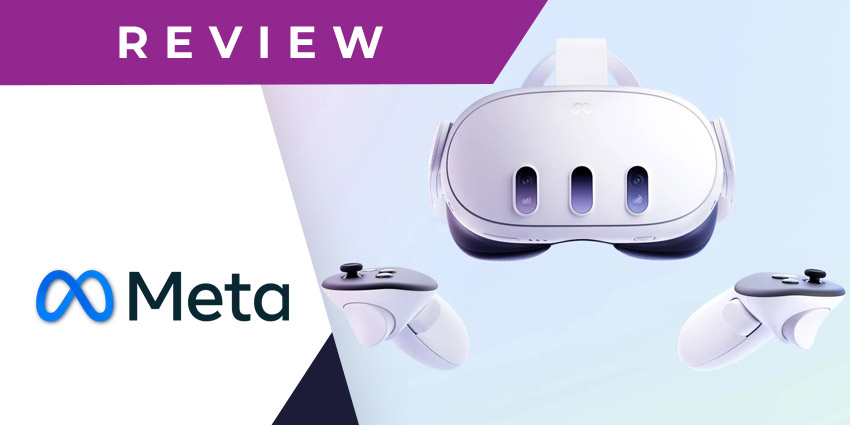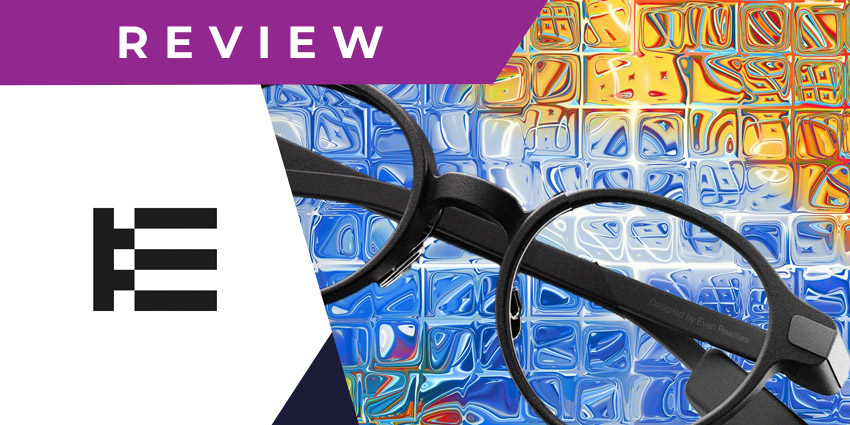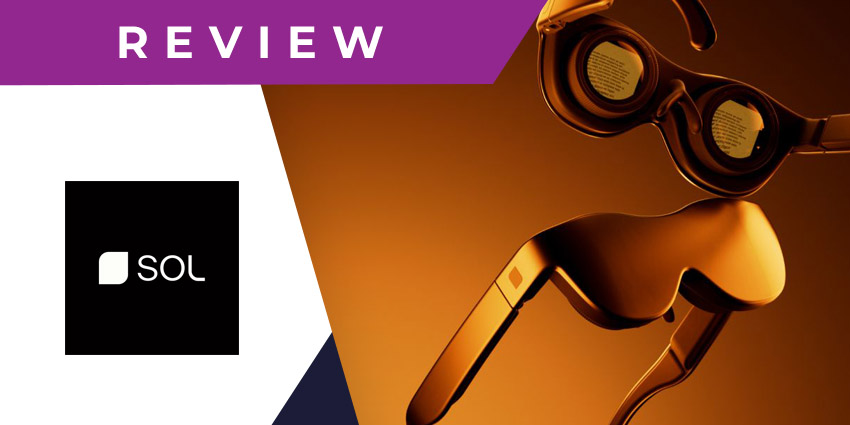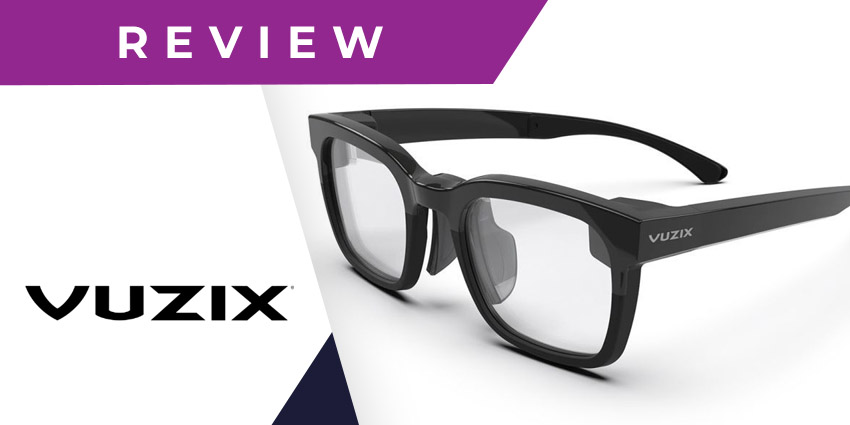Wave was founded in 2016 by CEO Adam Arrigo and Chief Creative Officer, Aaron Lemke backed by their diverse experience in VR, design, traditional media, gaming, and product development. Importantly, Arrigo was the head of product at Zya, which was later acquired by Google. The duo had an early interest in music and media streaming, which is what formed the inspiration for the Wave application.
Wave was envisioned as a VR platform that would facilitate live music in a virtual setting. The company recognised that live music and solo audio listening were two entirely different experiences, and the only way to capture the emotive connotations of social listening in a concert was through VR. Over the years, this music VR start-up has hosted several big-ticket events. Globally recognised artists, including the likes of John Legend, Lindsey Sterling, and The Weekend, have performed live using Wave.
Like most XR companies, Wave got a leg up during the pandemic, as the demand for immersive virtual experiences increased in the absence of physical gatherings. In June 2020, Wave raised $30 million in funding to power its next round of development, possibly towards a Metaverse, which would bring together several virtual worlds in one ecosystem.
What Are the Key Features of Wave?
Wave’s core value proposition is its ability to hold lifelike social music experiences in a VR environment. Here are its key features:
Avatars and artistic renditions
Wave is capable of recreating performers with almost photorealistic accuracy, while also introducing artistic renditions in a way that is only possible in a VR environment. Performers can use the app’s built-in editor to tweak their avatar to perfection, and the platform’s excellent gesture understanding and animation capabilities would mimic your real-world movements.
Interactivity
Performances on the application (each called a wave) are streamed across a variety of channels. This includes the wave app on Oculus and Stream, as well as live streaming on social media and gaming platforms. This allows fans to chat and interact in real-time, vote on key moments, cheer as part of a live virtual audience, and even play in-world games.
3D music visualiser
The application features a unique 3D music visualiser that allows the VR world to respond to the audio in real-time. In other words, a specific instrument, note, or beat would trigger a wavelike visualisation, triggering a truly sensory experience for the audience.
What Are the Benefits of Using a Solution Like Wave?
The benefits of a 3D performance streaming platform (indeed, any scalable VR event streaming event platform) are clear. They fill an essential gap that has emerged in the absence of large, in-person concerts. They even enable a degree of interaction and performance visuals that is not possible in a live setting. However, Wave has announced that since it relied on the 3D model hosting platform, Google Poly, the closure of Poly in December 2020, means that the company will no longer be able to support the VR app.
What’s Next for Wave?
Wave will continue to focus on its other channels of music streaming and distribution, backed by its unique visualisation and live streaming technologies. It may resume VR operations when market conditions are more favourable, it hinted.
